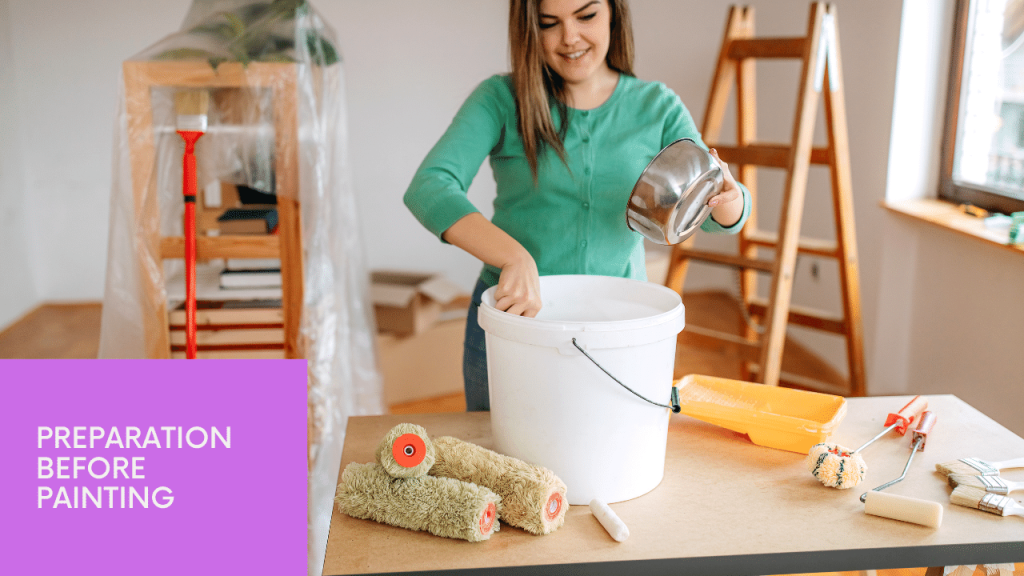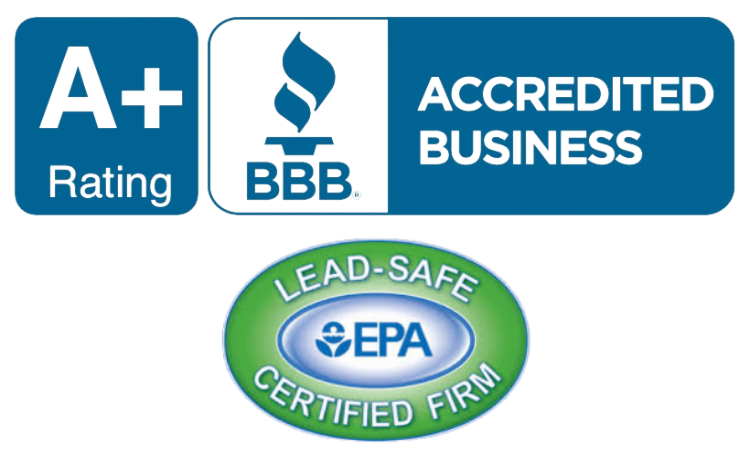The best chance you will have of painting or redecorating is when you have no tenant in your place. An empty home will enable you to fully prepare the surfaces, apply the paint, and give it ample time that it needs to dry and cure. This will also prevent causing discomfort to any individuals with fumes, causing disruption or disturbing the inhabitant by having to move them temporarily.
Some Specific Benefits of Painting Between Tenants:
– Schedule flexibility for work to be done so that it will not interrupt one’s calendar
– Opportunity to wait for enough time to prepare surfaces, like filling in holes and gaps
– No need to move furniture or other items, as they can remain in the room
– Paint will have time to dry appropriately, and nobody is there to interfere with the walls by touching them or moving items against them

During Lease Renewals
One such opportunity is when the existing tenant is seeking to renew their lease agreement with the landlord. If they are willing to renew their lease for another year, you can suggest changing the color of the interior paint to give the house a fresh look. This can be a win-win situation where you get beautiful walls that do not need repainting, and you can continue your relationship with good tenants.
Different sections of a house can be painted at various times throughout the year, with interior painting not necessarily restricted to specific seasons. In contrast, exterior surfaces are best painted during the dry and warm seasons. Painting exterior siding, trim, doors, and other exterior surfaces in spring, summer, or even fall is possible because the paint will cure and prepare for blocking or freezing without additional preparation.
All Interior Walls
It is always advisable to paint all the walls within the interior part of the dwelling, especially when the owner is preparing to welcome new tenants or is renewing the contract with the current ones. Doing so will make the entire space look unified and contemporary. Repainting will include any ordinary damage on random walls that is the responsibility of the tenants to repair.
High Traffic Areas
Even if it seems logical to repaint the outside of the whole home, at least make a point of refreshing the most used spaces. Doors, main corridors, the kitchen, and the living room areas bear the maximum traffic. Prioritizing walls in such areas helps provide a fresh look around where most of the occupant’s time is spent.
Previous Problem Areas
If certain walls or rooms need touch-ups because of damage or wear and tear they may have suffered, make sure to pay attention to this. Wash them well and then repaint them to keep these rooms fresh. Address each of these problem areas, whether the other walls are painted or not, each time you want to paint.
Preparation Checklist Before Painting
Painting is not just restricted to applying color on the walls; that is only half of it. Be sure to prepare the underlying surface appropriately, because it is crucial to obtain the best long-term result. Lack of continuity in transitional zones, particularly in gaps, is a common problem that needs architectural solutions that are efficient in terms of time and cost.

Sealing holes, cracks, or gaps is essential to achieving maximum insulation and soundproofing. If this is not done, the problem will remain hidden, just like a new layer of paint on wallpaper conceals the defects. Sand the walls, use putty to cover the nail holes, treat the sheetrock cracks, and repair all the gaps between trim and walls, as well as any previous water damage stains.
Below is an essential checklist to consider before applying paint:
Sand Rough Areas
In some places where the previous layer has chipped off, use fine-grit sandpaper to remove sharp edges so that the new coat blends well with the older one. Blend out aggression outlines from earlier paint jobs. A quick sanding also helps the new paints adhere well to the wall or other surfaces on which paints are to be applied.
Clean Surfaces
Wash and clean the walls to avoid paint grabbing existing debris like grease, dirt, cobwebs, or grime; cleaning first will make it easy for paint to adhere to the walls correctly with few blemishes. Ensure you wash areas often touched by hands, such as the light switches, doorknobs, and baseboards.
De-gloss Shiny Areas
If there are existing walls with a glossy paint finish, which is more sheen-like than flat, then apply a de-glosser. Satin sheen, semi-gloss, and gloss require proper preparation and priming.
Spot Prime if Needed
In most cases, significantly when changing the color of the walls or when they are severely damaged, certain areas should be spot primed before painting the entirety of the walls. The primer ensures that the bonding surface is clean; thus, the new paint appears fantastic.
If you wish to choose the best time to paint your rental home while not inconveniencing your tenants, repainting your rental is wisest when the tenant is not living there. It is advised to paint between occupancies as often as possible for maximum flexibility and convenience and for the best quality finish and results. Attempt painting the areas with high traffic density if complete interior painting is impossible each time. And prepping surfaces is really important for the finish to have a better chance of lasting longer. Refreshing the paint in your rental unit in between tenants will benefit both the landlord and those who rent your home.

